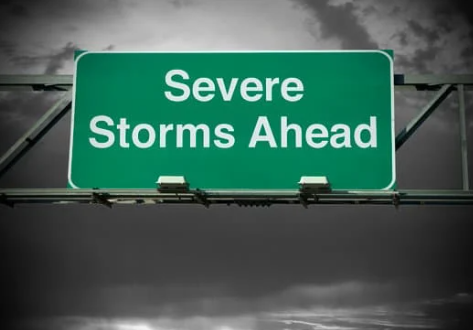February 16, 2024: Southern California Prepares for Intense Storms
Southern California is on heightened alert as weather experts predict a sequence of intense storms poised to impact the region this week. The National Weather Service has issued flash flood alerts for areas recently impacted by wildfires, including sections of Los Angeles, Ventura, and Santa Barbara counties. Inhabitants in these areas are particularly at risk due to the heightened chance of mudslides and debris flows on burned landscapes.
Local officials are urging residents to assemble emergency kits, secure outdoor belongings, and remain informed about possible evacuation orders. Sandbag distribution points have been set up in several communities to assist in reducing flooding hazards. Moreover, public works teams are prepared to tackle power disruptions, fallen trees, and other storm-related risks. The Los Angeles Department of Transportation has recommended that commuters exercise caution, anticipate road closures, and explore alternative routes during peak storm times.
This weather phenomenon follows a notably dry winter, prompting worries about the region’s water availability and the likelihood of drought conditions later in the year. While the impending storms may offer some respite, experts warn that the severity of the rainfall could result in more immediate threats, like flash flooding and damage to infrastructure. Residents are advised to keep track of local news sources and official weather alerts to stay informed on the developing situation.

